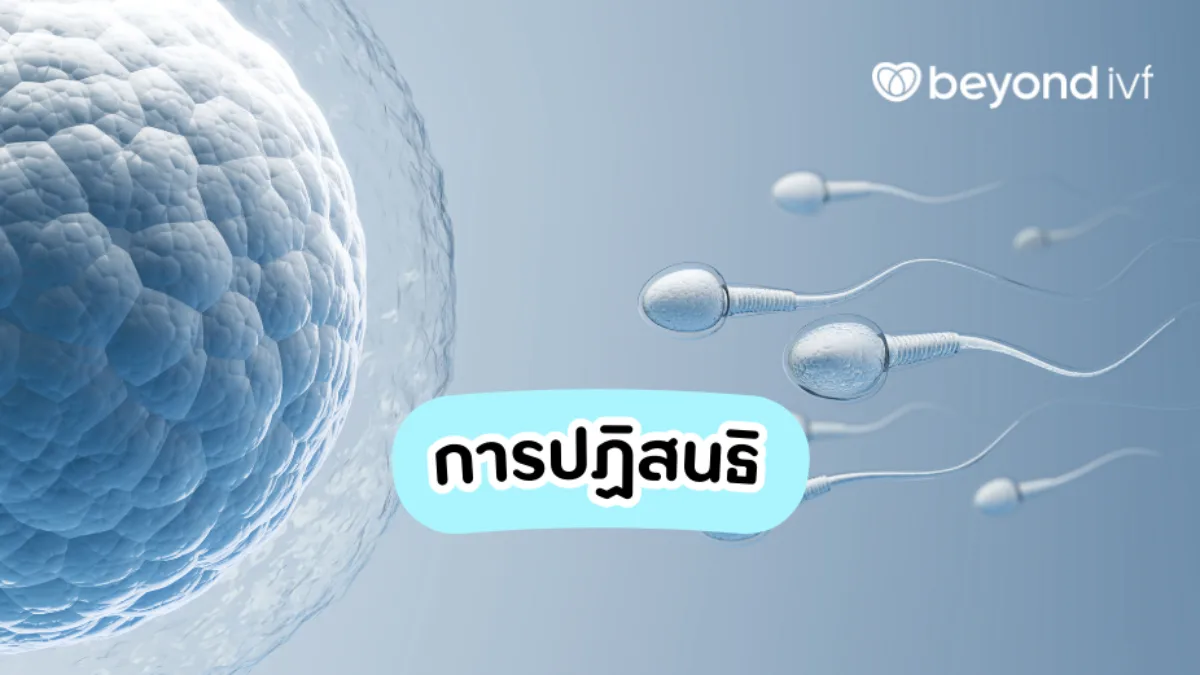"Before pregnancy occurs and a baby is born as a symbol of love from both parents, the process of fertilization of the reproductive cells must first take place. Fertilization happens through sexual intercourse, where the egg and sperm meet. But what happens after that? How does it turn into an embryo and eventually grow into a baby? Here is the answer.
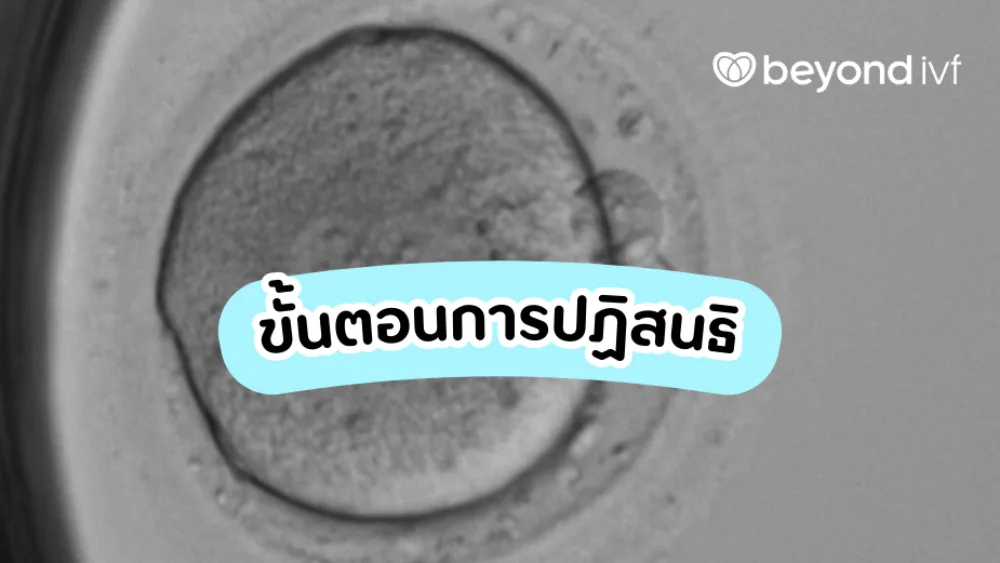
Answering the question: What is fertilization?
Fertilization is the process where the male reproductive cell (sperm) combines with the female reproductive cell (egg), with only one sperm being able to fertilize one egg. Once the strongest sperm penetrates the egg, the egg's outer membrane thickens, preventing any other sperm from entering.
The reproductive cells determine the gender of the child, especially the sperm which carries either the X or Y chromosome. If a sperm with an X chromosome fertilizes the egg, the baby will be female. If it is a sperm with a Y chromosome, the baby will be male.
Fertilization involves the union and division of chromosomes from the sperm and the egg, each contributing half. If fertilization is successful, it forms a zygote embryo, which then divides cells and moves from the fallopian tube to the uterine wall. When the embryo successfully implants into the uterine wall, pregnancy is considered to be achieved.
Fertilization
Fertilization is the process in which the female egg cell is penetrated by the male sperm cell to combine and form a single entity. This stage is called the Zygote, which will begin to divide in a doubling pattern from 1 to 2, from 2 to 4, and so on, until it reaches the Blastocyst stage. At this point, the embryo becomes strong and has divided into more than 100 cells. It will then move to the uterine cavity to implant in the uterine wall. If the embryo successfully implants, pregnancy will begin.
Steps of fertilization
- Ovulation
Inside the ovarian follicles, there are many egg cells, which were created while still in the womb. As a woman reaches reproductive age, these egg cells mature one by one each month and are released from the follicle before moving into the fallopian tube. This process is called "ovulation." -
Egg Movement to the Fallopian Tube for Fertilization
After ovulation, the egg moves into the fallopian tube to await fertilization by the sperm. The egg has only 24 hours to be fertilized. During ovulation, the lining of the uterus thickens to prepare for the implantation of the embryo. If no fertilization occurs, the egg deteriorates, and the uterine lining sheds as the menstrual period. -
Fertilization Occurs
When the mature egg reaches the fallopian tube and sexual intercourse happens, there is a chance that sperm will meet the egg. Only the strongest sperm, one sperm, can penetrate the egg cell and fertilize it. After fertilization, the egg forms a thicker membrane to prevent other sperm from entering.
In the fertilization process, the sperm plays a significant role in determining the gender of the baby. The sperm carries both X and Y chromosomes, while the egg only carries the X chromosome. If a sperm with the X chromosome fertilizes the egg, the baby will be female (XX). If a sperm with the Y chromosome fertilizes the egg, the baby will be male (XY). -
Embryo Implantation in the Uterine Wall
After fertilization, the sperm and egg combine to form a zygote. Cell division occurs within 24 hours. The embryo moves from the fallopian tube to the uterus to implant into the uterine wall. This process takes 3-4 days. During the embryo implantation process, light bleeding may occur from the vagina.

How many days after fertilization can you know if you're pregnant?
After intercourse during ovulation, to know if you are pregnant, you need to check by measuring the HCG (Human Chorionic Gonadotropin) hormone levels, which can be detected approximately 14 days after intercourse or around 6 days after fertilization. However, the HCG hormone levels will still be very low at this stage and will rapidly increase until around the 12th week of pregnancy.
The time when fertilization has the highest chance of success.
Fertilization occurs when intercourse takes place during the ovulation period within 24 hours. Ovulation happens only once per month, meaning there is only one opportunity in a month for a woman to conceive.
However, intercourse does not have to occur on the exact day of ovulation for pregnancy to be possible, as healthy sperm can live in a woman's body for about 48-72 hours, and the egg can survive for about 12-24 hours after ovulation. For women with regular menstrual cycles, ovulation typically occurs 14 days before the next period. Fertilization happens when sperm and egg meet almost immediately after ovulation.
Teach how to calculate ovulation day.
Calculating the ovulation day for women with regular menstrual cycles is usually accurate because, typically, women have a period every 28 days. To calculate, start counting from the first day of your period, and the 14th day will be your ovulation day.
If you want to conceive, have intercourse before, on, or one day after ovulation (this method is suitable only for women with regular cycles).
For a detailed guide on how to calculate ovulation days, read the article 'What is Ovulation? How to Calculate It.
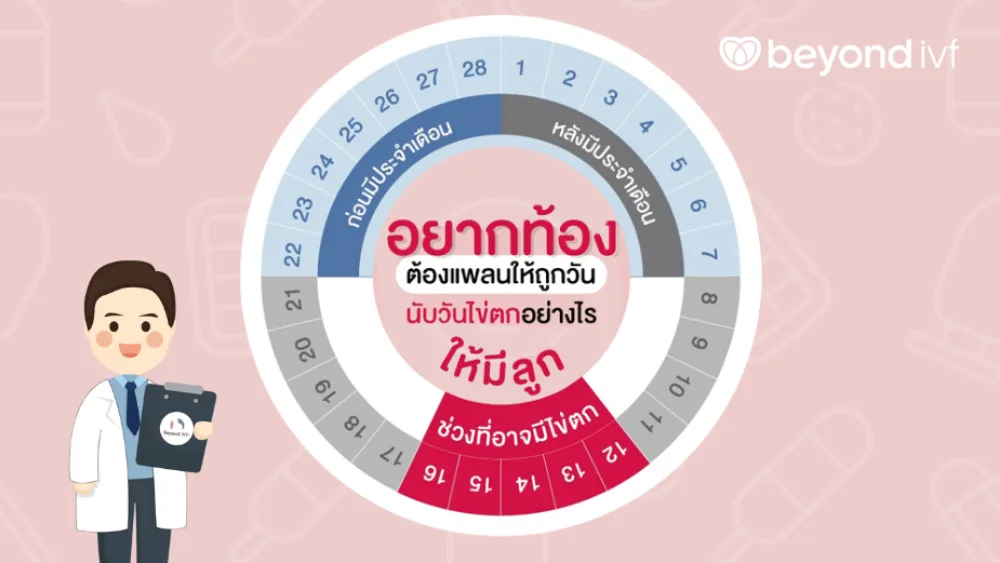
Factors that affect fertilization.
Egg cells must be mature and ready for fertilization. The egg should have a membrane that is not too thick, as this could make it more difficult for sperm to penetrate and fertilize the egg.
Sperm must be present in sufficient quantity to reach the egg in the fallopian tube. Once there, the sperm must be strong and capable of successfully penetrating the egg. Additionally, sperm should have a normal shape, particularly in the head, which contains the genetic chromosomes. Any abnormalities in sperm shape can lead to unsuccessful fertilization.
Hormones in the body play a crucial role, as successful fertilization and pregnancy require more than just the fusion of an egg and sperm. The fertilized egg must develop into an embryo and implant in the uterine wall for pregnancy to occur. Hormonal balance is essential for this process, as an imbalance can create an unfavorable environment for embryo development, leading to unsuccessful pregnancy.
The structure of the ovaries and uterus is also important. During fertilization, the egg remains in the fallopian tube, waiting for sperm to reach it. If the ovaries or uterus have abnormalities, such as blocked fallopian tubes, sperm may struggle to reach the egg, reducing the chances of fertilization. Even if fertilization occurs, structural issues can prevent the embryo from successfully implanting in the uterine wall.
Natural Ways to Boost Fertilization
For those preparing for pregnancy, making lifestyle changes to enhance reproductive health can increase the chances of natural fertilization. Strengthening reproductive cells and balancing hormones can improve fertility. Here are some key factors to consider:
-
Maintain a Healthy Weight – Being overweight or underweight can affect fertilization. Keeping your weight within a healthy range through a balanced diet and regular exercise can support reproductive health.
-
Eat Nutrient-Rich Foods – A well-balanced diet with all five essential food groups is crucial. Avoid high-fat and trans-fat foods and instead consume foods rich in omega-3 fatty acids to promote fertility.
-
Take Prenatal Supplements – When planning for pregnancy, taking prenatal vitamins containing folic acid is recommended. Folic acid plays a vital role in the early development of the embryo’s neural tube and reduces the risk of birth defects.
-
Manage Stress – High stress levels increase cortisol production, which may negatively impact reproductive health. Engaging in relaxation activities such as meditation or light exercise can help maintain emotional well-being.
-
Limit Caffeine and Alcohol Intake – While there is no definitive evidence that caffeine or alcohol directly impacts fertilization, excessive alcohol consumption may interfere with ovulation and embryo development. To improve the chances of conception, it's best to reduce or avoid these substances.
-
Quit Smoking – Smoking affects fertility in both men and women. Women who smoke may face an increased risk of miscarriage, ectopic pregnancy, and early menopause. In men, smoking can lead to reduced sperm count and weaker sperm quality.
-
Be Cautious with Medications – If planning to conceive, consult a doctor or pharmacist before taking any medication. Certain drugs can affect embryo development. Women with pre-existing medical conditions should seek medical advice before pregnancy.
In-vitro Fertilization: IVF
In addition to natural fertilization, another method that can increase the chances of pregnancy is In-vitro Fertilization (IVF). This method is suitable for individuals experiencing infertility. Currently, the two most popular techniques are Intrauterine Insemination (IUI) and In-vitro Fertilization (IVF/ICSI).
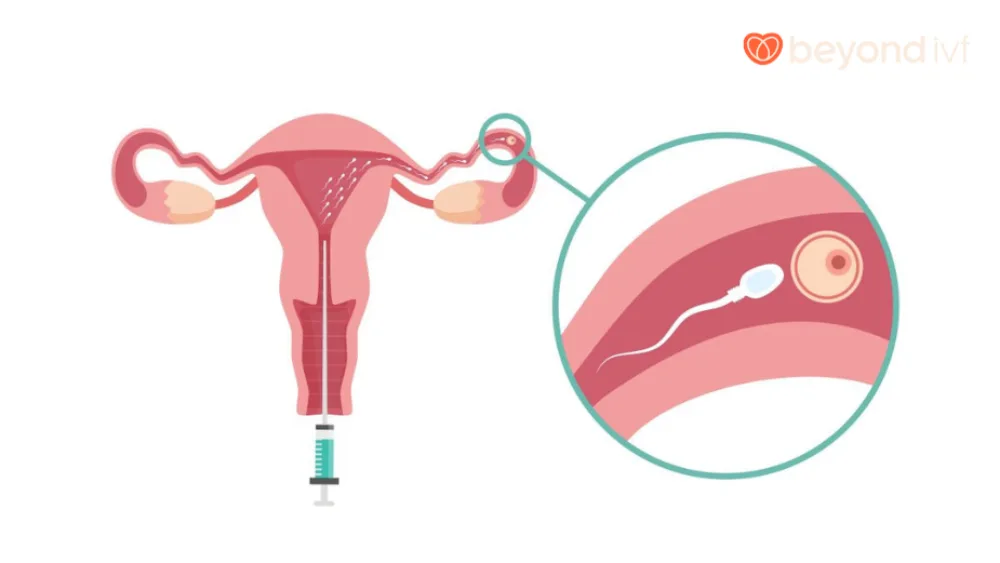
In-vitro Fertilization (IVF) / Intracytoplasmic Sperm Injection (ICSI)
It is a method developed from the previous GIFT (Gamete Intrafallopian Transfer) technique but with a higher success rate and without requiring abdominal surgery. This process involves injecting hormones to stimulate egg production for 10-12 days, then retrieving the mature eggs and fertilizing them with sperm in a laboratory. The fertilized eggs are then cultured until they develop into embryos before being transferred back into the woman’s uterus for further growth and development.
The success rate for this method is around 70-80%.
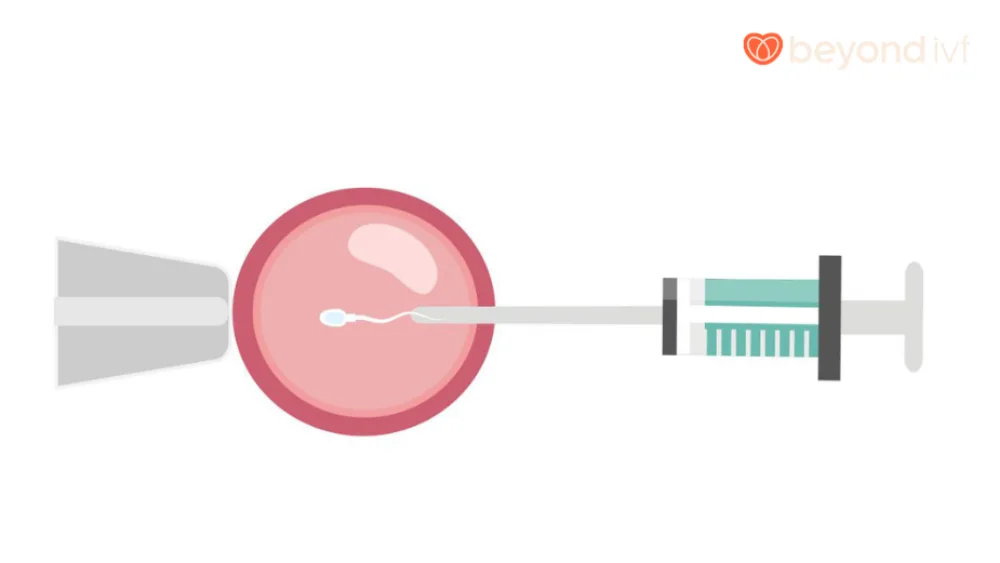
Frequently Asked Questions About Fertilization
Summary
Fertilization occurs when both reproductive cells are healthy and the body is in an optimal state. The fertilization window is within 24 hours after ovulation. The fertilized egg then develops from a one-day-old embryo to a five-day-old blastocyst, which is ready for implantation in the uterine lining. Once successfully implanted, it begins receiving nutrients directly from the mother's uterine wall. The earliest a pregnancy test can detect pregnancy is 14 days after intercourse.


